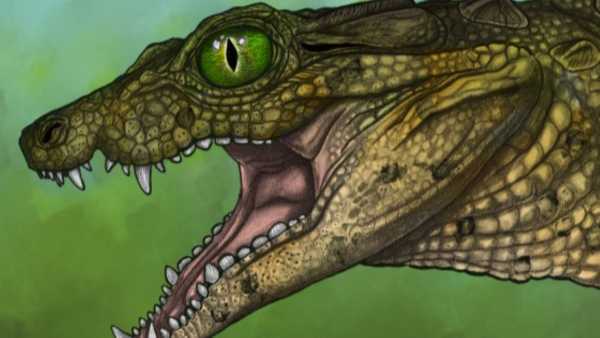
An artist's rendering of Elton (Thikarisuchus xenodentes), an extinct crocodile-like creature from the Cretaceous Period of North America. (Image credit: Illustration by Dane Johnson/Museum of the Rockies)
A new study suggests that about 95 million years ago, small crocodile-like creatures with strange teeth hidden in a sheath dug burrows along the shores of the Western Interior Seaway in what is now southwest Montana.
A new study describes the first such creature ever discovered—a juvenile crocodile named Elton, who measured approximately 60 centimeters from nose to tail. Elton's fossilized remains were discovered in 2021 during organized excavations in the Blackleaf Formation, which dates back to the mid-Cretaceous period (145–66 million years ago).
You may like
-
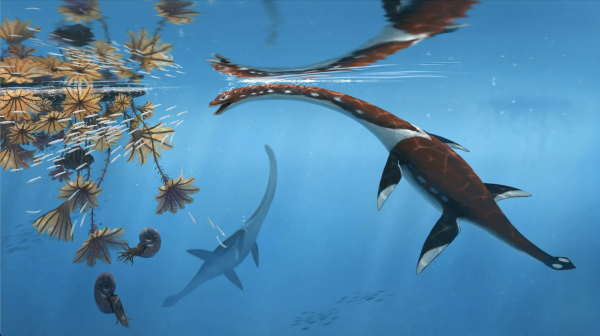
The “most remarkable” Jurassic sea monster fossil from Germany belongs to a previously unknown species.
-
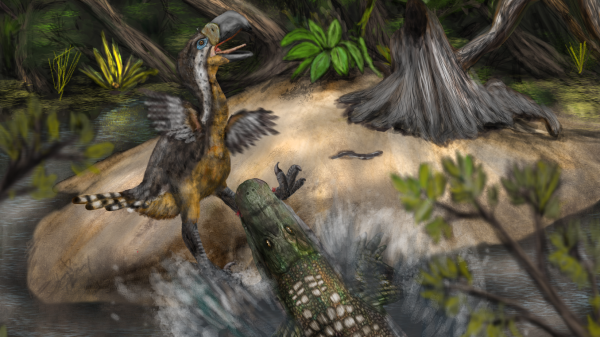
Bite marks suggest that the giant terror birds may have been potential prey for another predator – the enormous caiman.
-
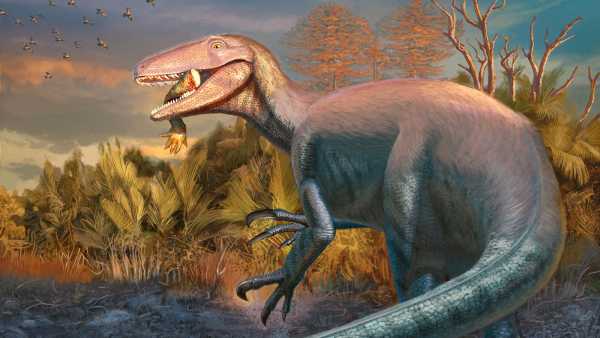
A giant dinosaur with “brushcutter-like claws” and a crocodile leg still in its mouth has been found in Argentina.
According to the statement, the first fossil Allen noticed was Elton's skull, just 5 centimeters long, buried in a rock. Allen showed the miniature skull to David Varricchio, a professor of paleobiology, taphonomy, and ichnology at Montana State University, who immediately recognized the fossil's significance.
“After the excavation, Dr. Varricchio told me why he was so excited the day I found the first specimen,” Allen said. “It had so many visible anatomical structures to study, and he saw that it was a tiny crocodile skull, completely preserved and articulated—it was something special.”
It turned out that Elton belonged to a now-extinct family of crocodile-like creatures, or crocodyliforms, whose existence was previously unknown to researchers. This family, called Wannchampsidae, is part of the Neosuchia group, which includes all modern crocodiles and their closest extinct relatives. Its representatives inhabited North America during the Cretaceous Period and were significantly smaller than other neosuchians; had Elton survived to adulthood, he would have grown to only 90 cm in length, the statement said.
Neosuchians are typically semiaquatic or marine predators with simple conical teeth, but not Elton. He and other members of the new species, named Thikarisuchus xenodentes, had a variety of teeth, including hidden and other specialized fangs, which they used to eat plants and insects, the statement said.
Elton and his ilk also lived on land, and they likely dug burrows in the ground, judging by how tightly packed Elton's bones were when Allen and his colleagues analyzed them, the statement said.
Soon after discovering Elton's skull, Allen returned to collect bags full of the surrounding sediment to gather more information about the animal. He spent hours sifting through the soil, extracting bone fragments and piece by piece reconstructing the Thikarisuchus skeleton. He worked with his classmate Dane Johnson, now a paleontology lab and field specialist at the Museum of the Rockies in Montana, often to the tune of Elton John's 1972 song “Crocodile Rock,” which inspired the name Elton.
RELATED STORIES
— A 70-million-year-old dinosaur-eating hyperpredator named after an Egyptian god
—The last known crocodile in Europe lived in Spain 4.5 million years ago, researchers say.
— A giant crocodile killed the largest “terror bird” ever found 12 million years ago.
To obtain a clear image of the fossils, Allen performed a CT scan, which helped him distinguish the bones and rock fragments preserved on Elton's remains. “Harrison worked incredibly hard on the digital reconstruction of the animal, and the result is simply stunning,” said Varricchio, co-author of the new study.
A detailed description and photographs of T. xenodentes, along with a discussion of the new species' position on the evolutionary tree, are included in a study published on September 22 in the Journal of Vertebrate Paleontology. Specifically, the researchers identify a family of ancient crocodile-like creatures called Atopasauridae, which was previously found in Eurasia and is similar to Elton's crocodile, distinguished by its small body size and similar dental features.
“This suggests that we're seeing convergent evolution between two distantly related groups during the same time period, driven by similar environmental conditions, prey availability, and who knows what else that caused crocodiles on opposite sides of the planet to evolve similar traits,” Allen said.
TOPICS Cretaceous period

Sasha Pare, Social Link Navigation, Staff Writer
Sasha is a staff writer for Live Science based in the UK. She holds a BA in Biology from the University of Southampton in England and an MA in Science Communication from Imperial College London. Her work has appeared in The Guardian and on the health website Zoe. Besides writing, she enjoys playing tennis, baking bread, and browsing thrift stores.
You must verify your public display name before commenting.
Please log out and log back in. You will then be asked to enter a display name.
Exit Read more
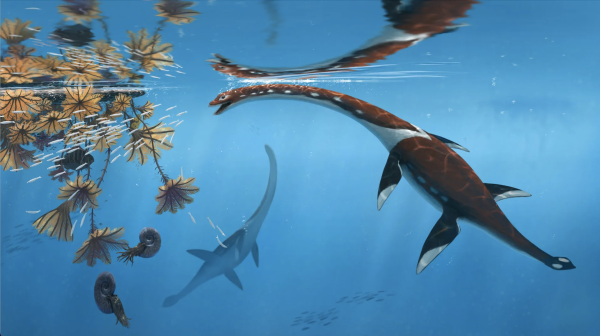
The “most remarkable” Jurassic sea monster fossil from Germany belongs to a previously unknown species.
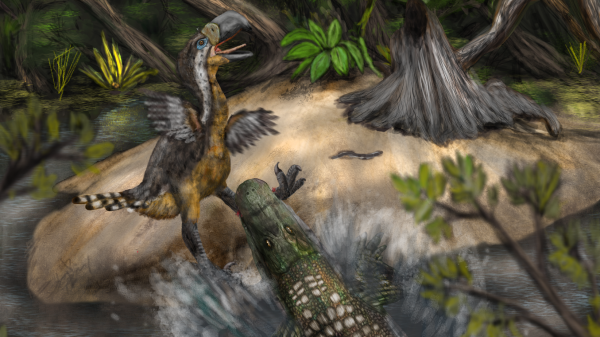
Bite marks suggest that the giant terror birds may have been potential prey for another predator – the enormous caiman.
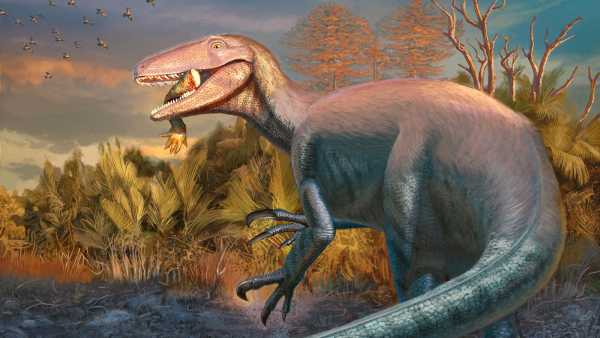
A giant dinosaur with “brushcutter-like claws” and a crocodile leg still in its mouth has been found in Argentina.
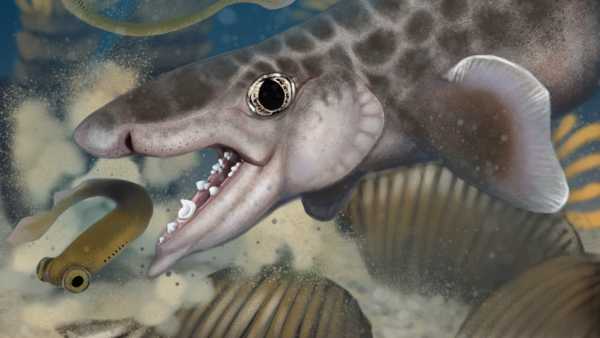
Ancient shark discovered deep inside world's longest cave system
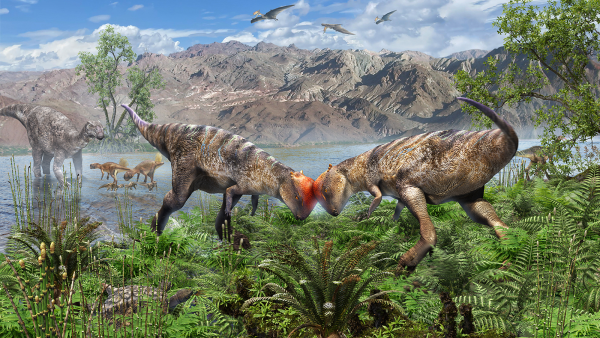
The oldest known dinosaur with a domed head has been discovered protruding from a rock in Mongolia's Gobi Desert.
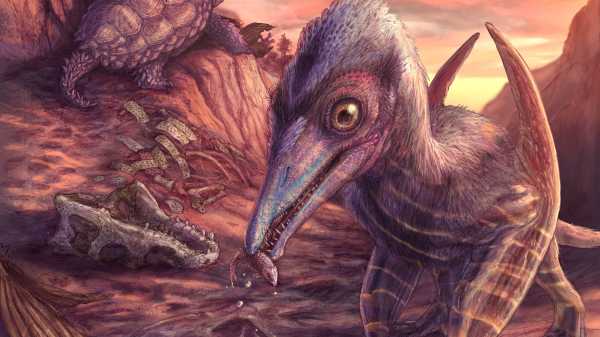
The “Ash-Winged Dawn Goddess” is the oldest pterosaur ever discovered in North America. It was so small it could fit on a person's shoulder.
Latest news about extinct species
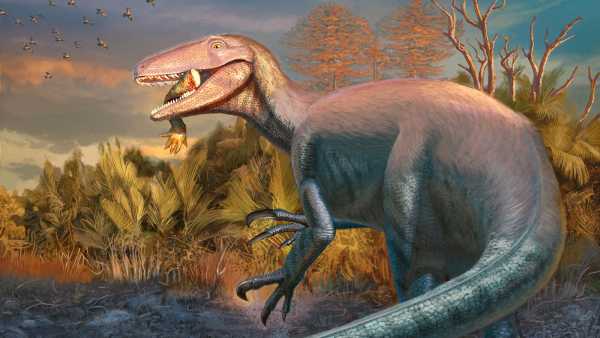
A giant dinosaur with “brushcutter-like claws” and a crocodile leg still in its mouth has been found in Argentina.
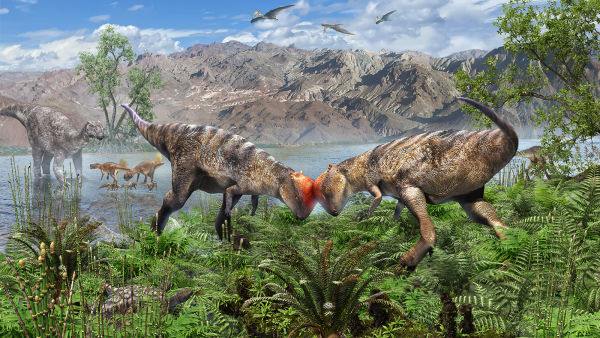
The oldest known dinosaur with a domed head has been discovered protruding from a rock in Mongolia's Gobi Desert.
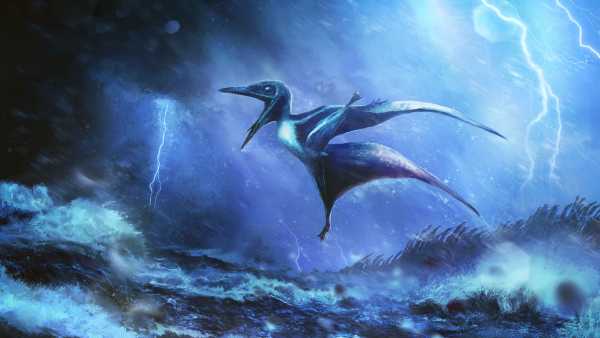
Scientists have discovered that baby pterosaurs died during a powerful Jurassic storm 150 million years ago.
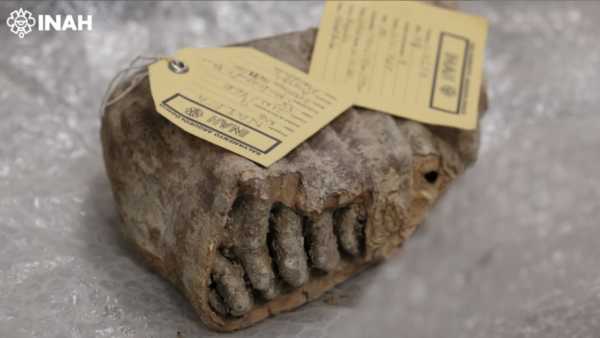
Ancient DNA from Mexican mammoths reveals unexpected and unexplained genetic secrets
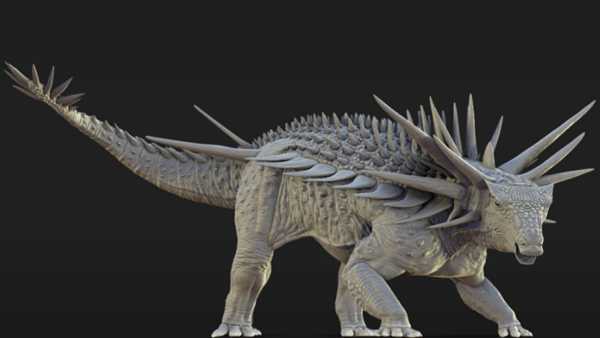
'So weird': An ankylosaurus with 90-centimeter-long spikes protruding from its neck discovered in Morocco
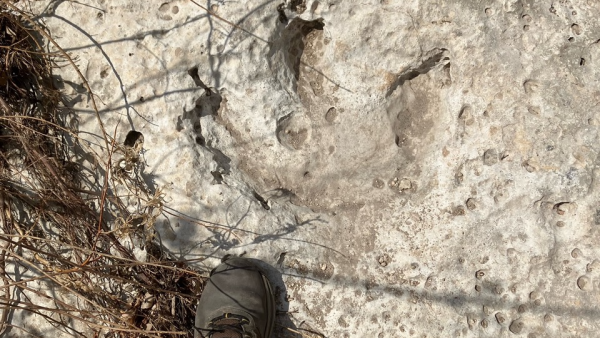
115-million-year-old dinosaur footprints discovered in Texas after devastating floods
Latest news
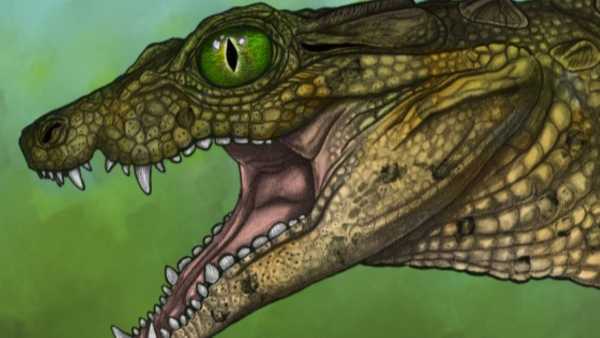
A 95-million-year-old, never-before-seen 'tiny skull' of a crocodile-like creature has been discovered in Montana.
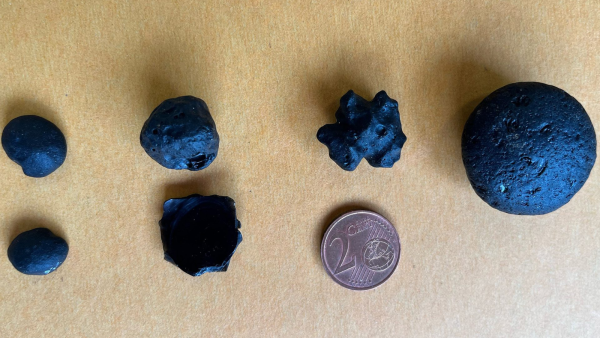
Strange glass in Australia appears to be formed by a giant asteroid impact, but scientists 'have yet to find the crater'
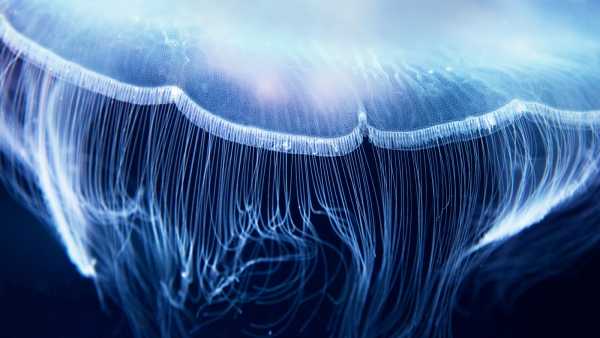
A scientific breakthrough has led to the creation of a 'fluorescent biological qubit' – this could mean turning your cells into quantum sensors.

Scientists were shocked to discover a rare 'Einstein cross' with a surprise at its centre.
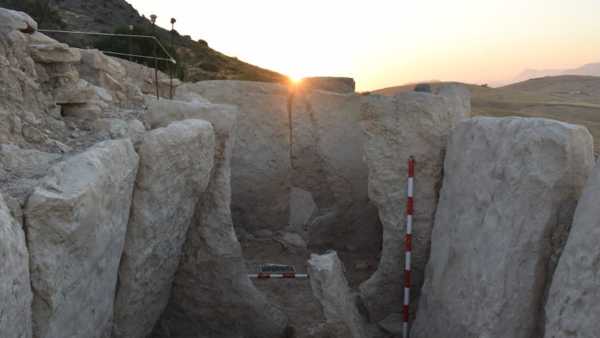
A 5,000-year-old, 43-foot-long stone tomb has been discovered in Spain. It contains multiple prehistoric burials.

A groundbreaking gene therapy is the first treatment for Huntington's disease that can slow the disease's progression.
LATEST ARTICLES
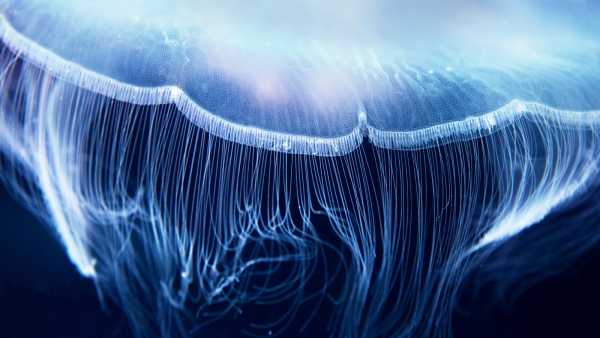
A scientific breakthrough has led to the creation of a 'fluorescent biological qubit' – which could mean turning your cells into quantum sensors.
Live Science magazine is part of Future US Inc., an international media group and leading digital publisher. Visit our corporate website.
- About Us
- Contact Future experts
- Terms and Conditions
- Privacy Policy
- Cookie Policy
- Accessibility Statement
- Advertise with us
- Web notifications
- Career
- Editorial standards
- How to present history to us
© Future US, Inc. Full 7th Floor, 130 West 42nd Street, New York, NY 10036.
var dfp_config = { “site_platform”: “vanilla”, “keywords”: “type-news-daily,serversidehawk,videoarticle,van-enable-adviser-
Sourse: www.livescience.com





